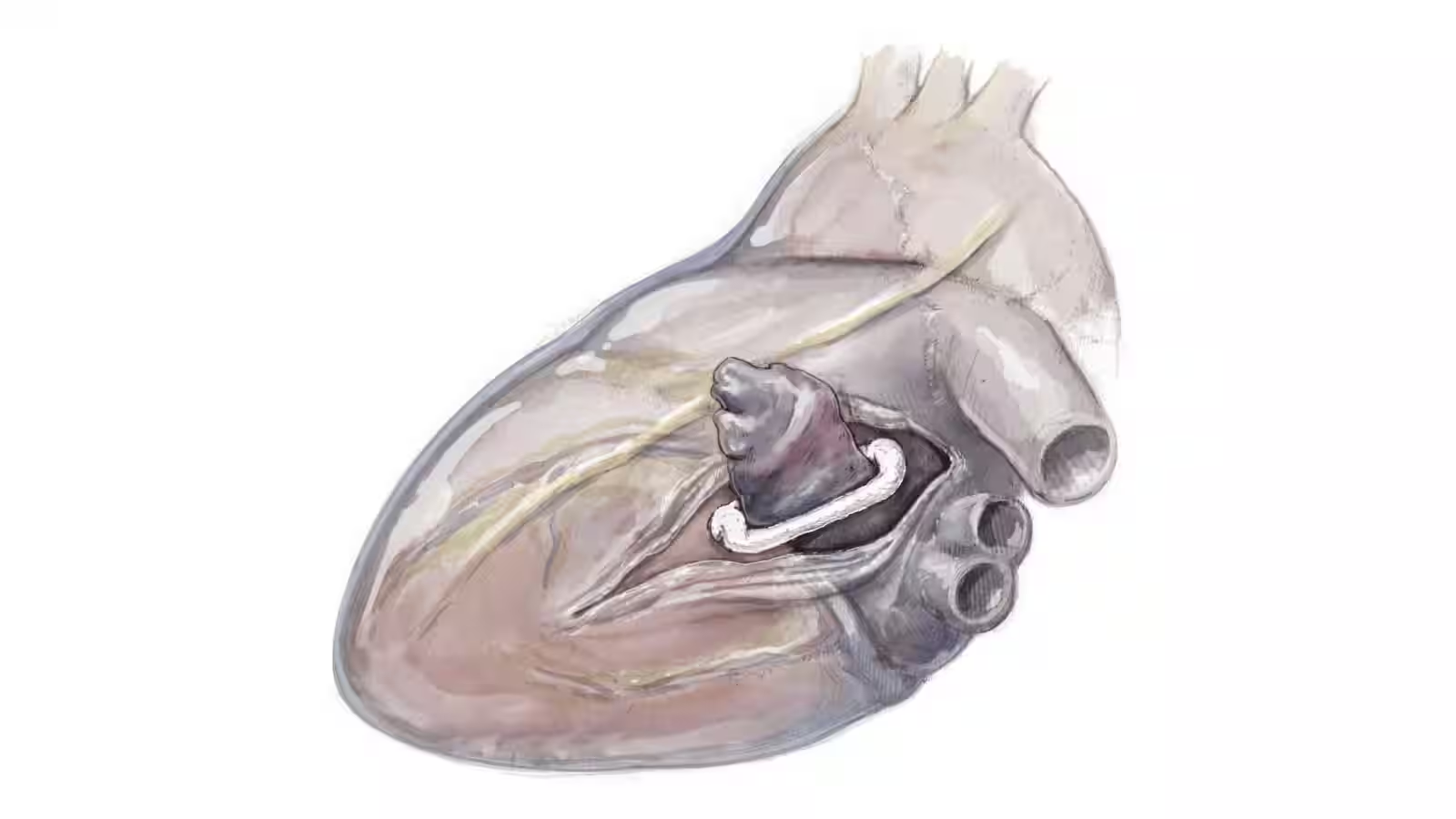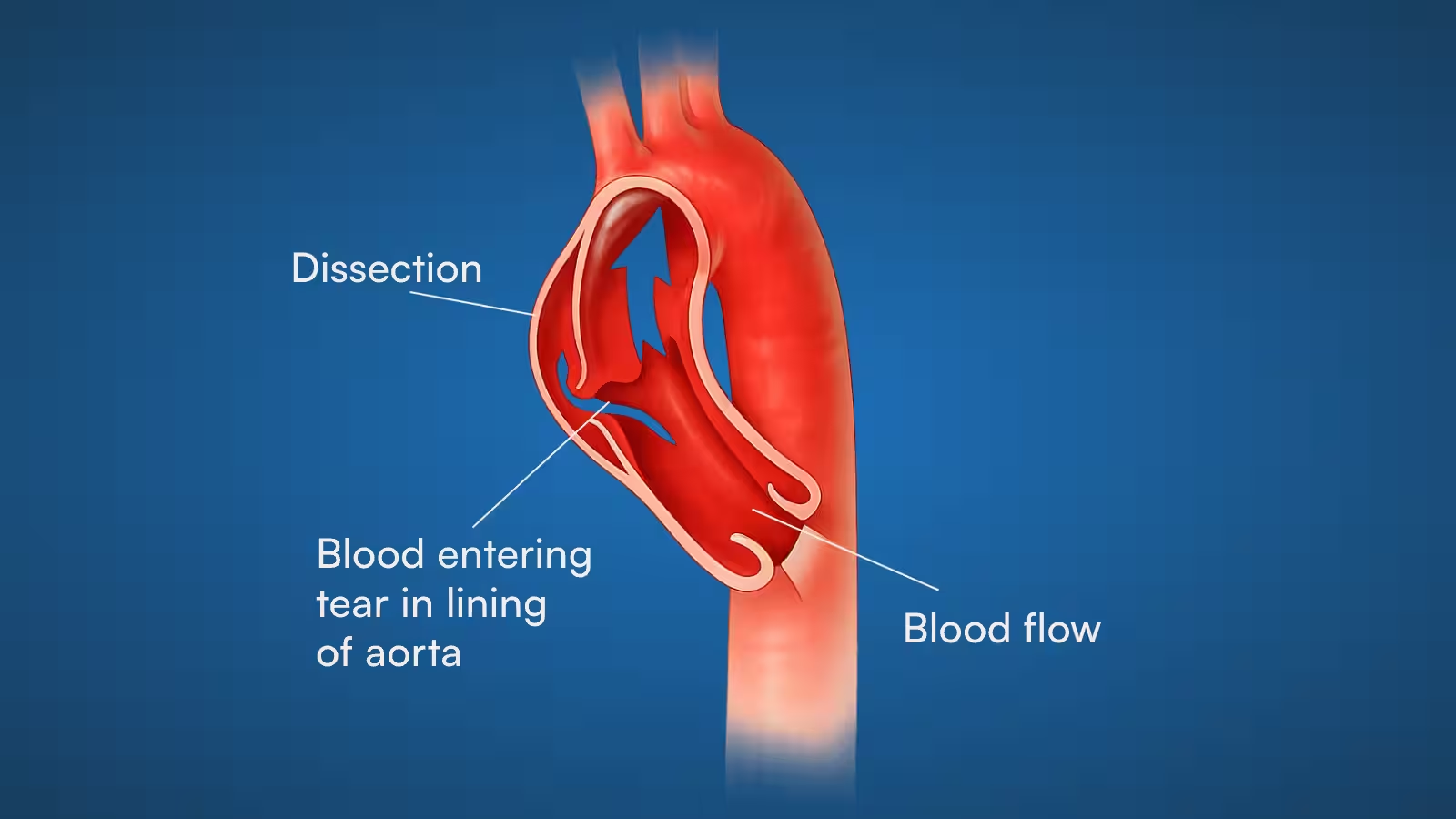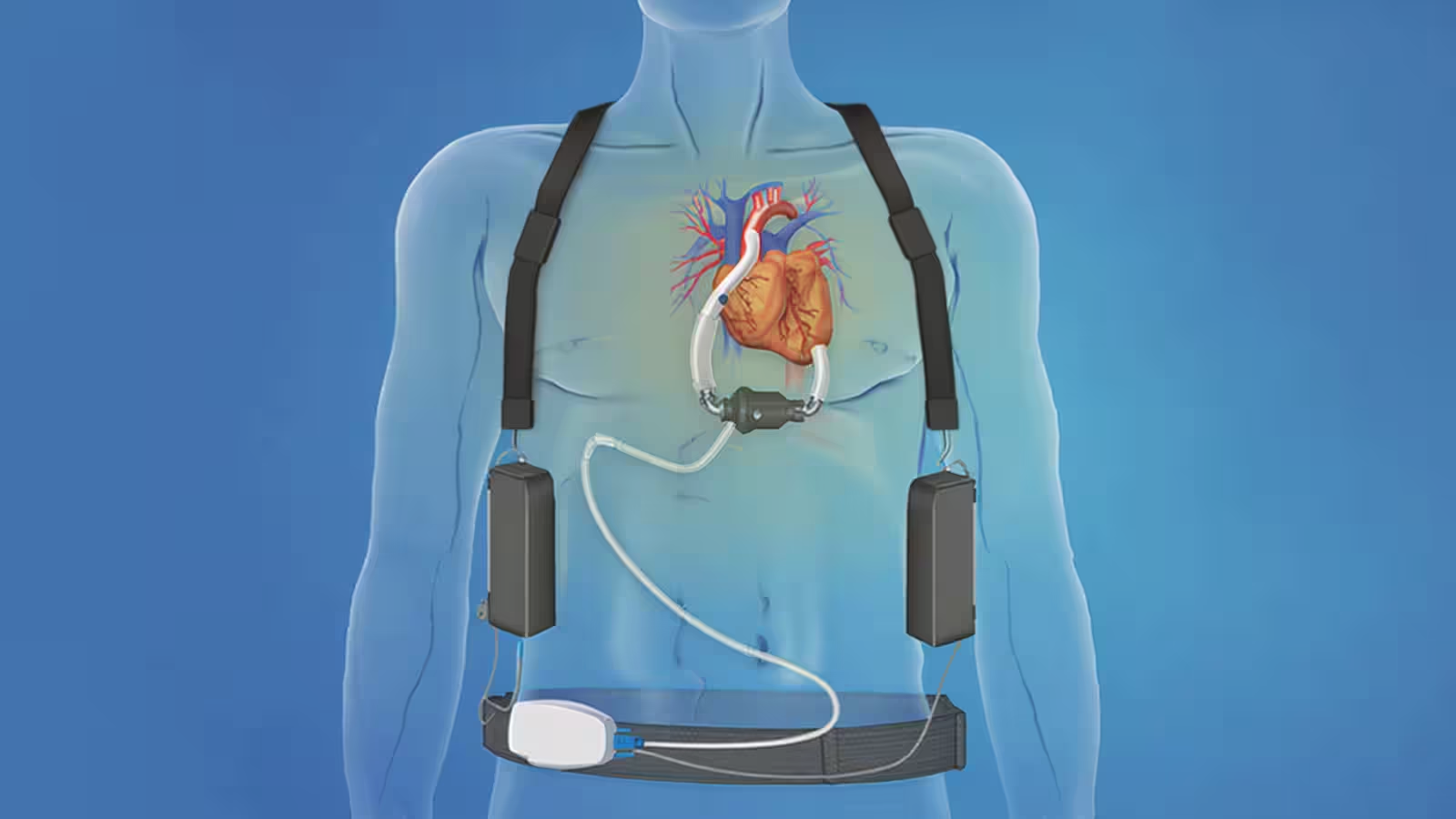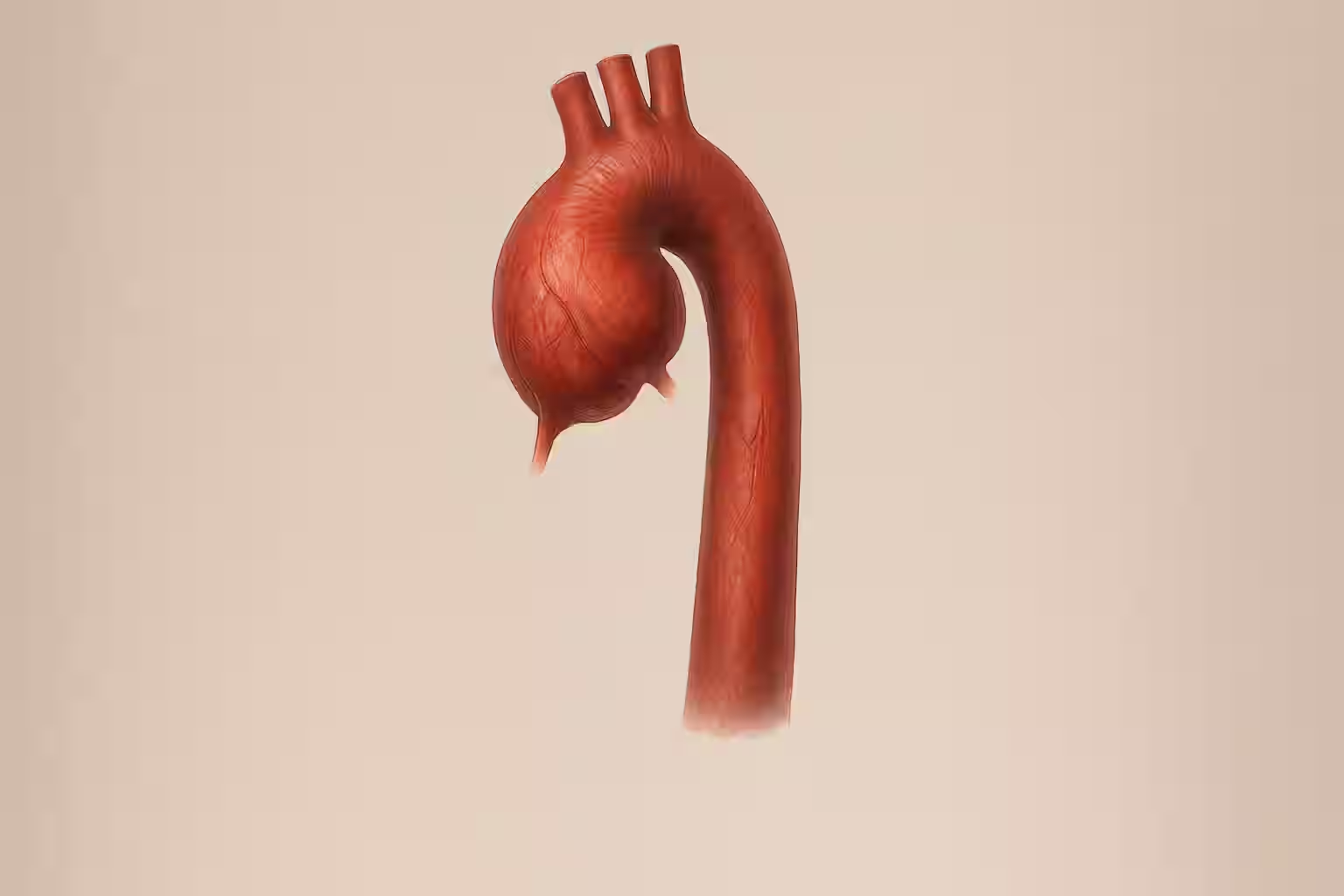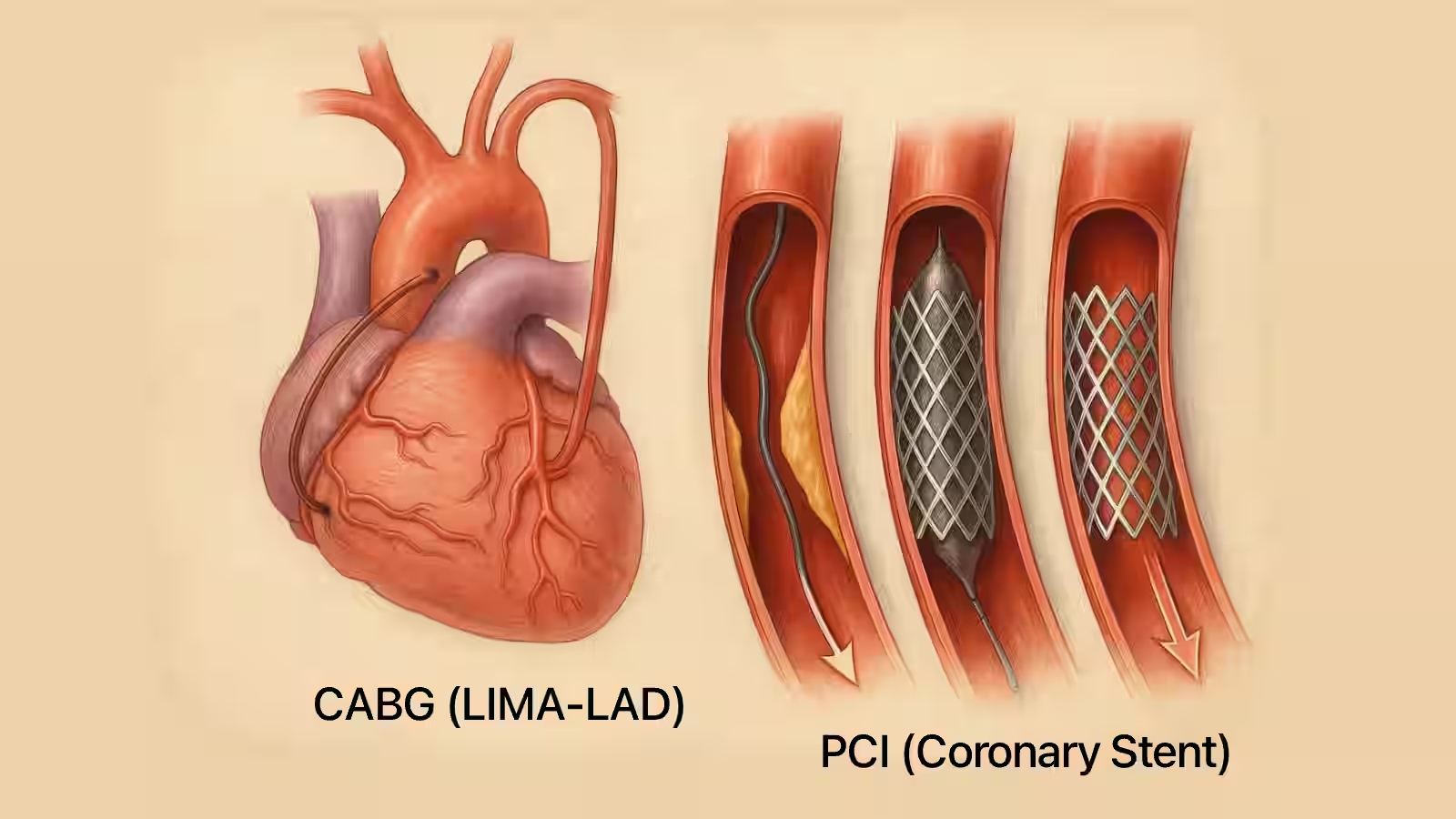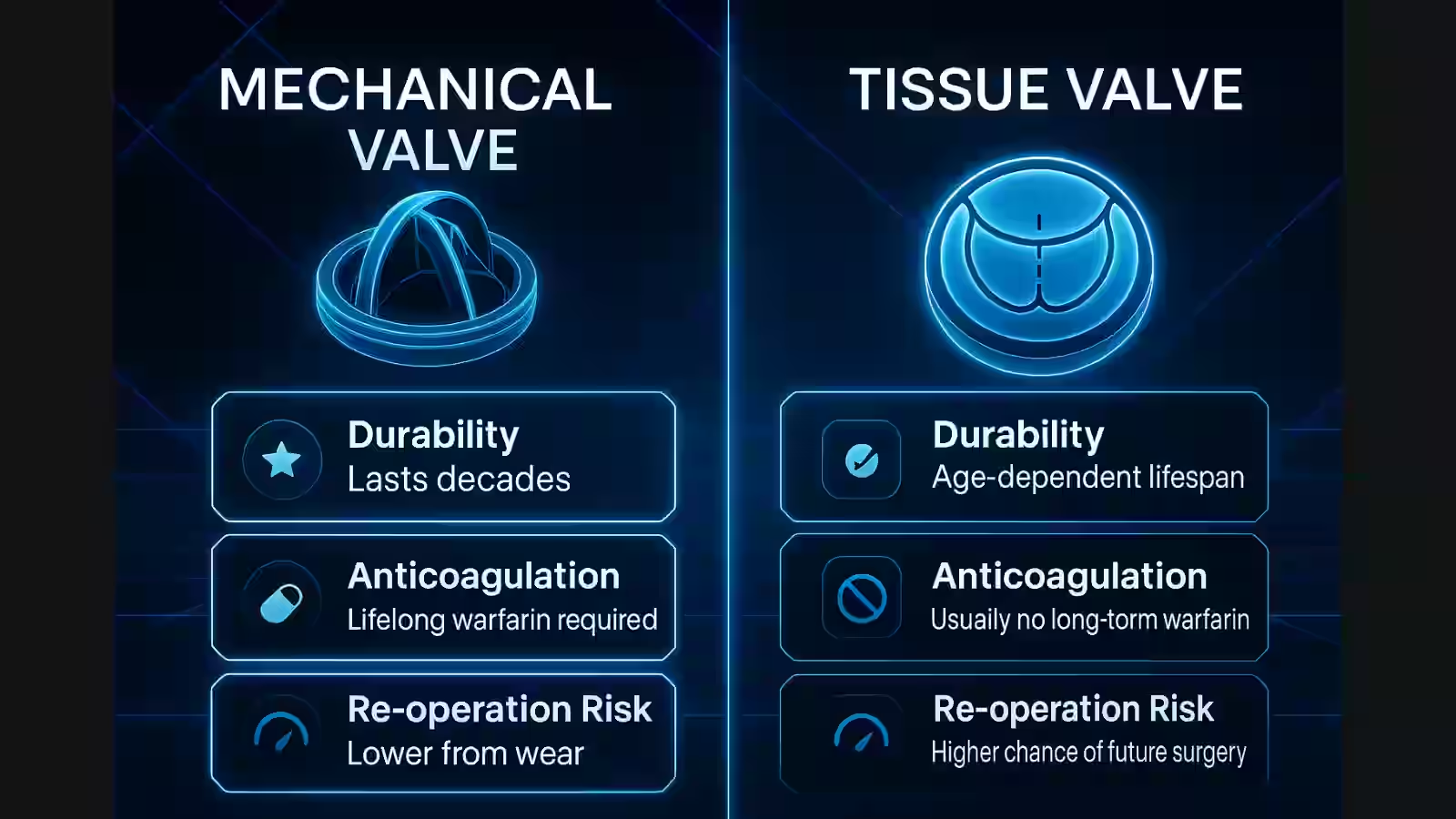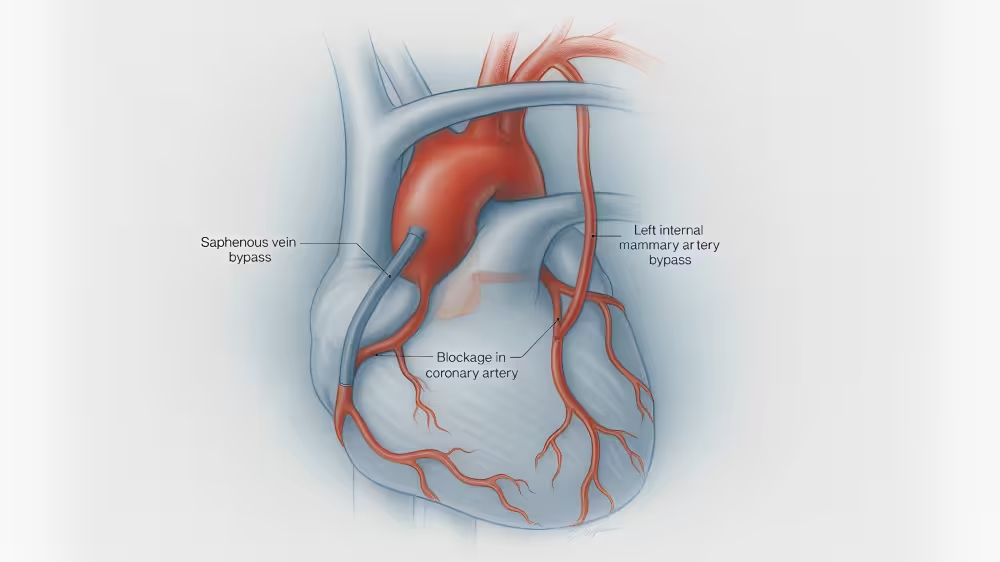Introduction
Atrial fibrillation increases stroke risk when clots form in the left atrial appendage. The AtriClip™ device offers a surgical option to close this appendage and potentially reduce or eliminate lifelong anticoagulation. Patients and families often ask: “Do I still need blood thinners after AtriClip placement?” This article explains how the device works, guidelines on anticoagulation, and what to expect during recovery.
How do AtriClips Work?
The AtriClip is a surgical clip applied to the base of the left atrial appendage to exclude it from blood flow. By permanently sealing off this pocket, it prevents clot formation and subsequent stroke risk. Unlike catheter-based closure, AtriClip is placed during open or minimally invasive surgery.
Anticoagulation Guidelines Post-AtriClip
Current Recommendations
Cardiology societies recommend continuing anticoagulation for at least 6 weeks post-procedure to allow tissue healing and confirm clip stability through imaging studies (TEE or CT scan) (AHA Valve Guidelines 2023).
Long-Term Anticoagulation
- Patients at high stroke risk (CHA₂DS₂-VASc ≥2) may require lifelong anticoagulation if other factors persist.
- Those with low to moderate risk and confirmed complete closure often discontinue anticoagulants after follow-up imaging confirms no residual flow.
Recovery Considerations
Sternal Precautions
- Avoid lifting arms above shoulder level for 6–8 weeks.
- Hold household items under 10 pounds and follow surgeon’s sternum safety guidelines.
Driving and Flying
- Driving: Resume 2 weeks post-discharge if pain is controlled and mobility is adequate.
- Flying: Wait 4-6 weeks; use compression stockings to lower DVT risk.
Monitoring and Imaging
- TEE or CT at 6-8 weeks to assess clip seal.
- ECG and Holter monitoring for atrial fibrillation recurrence.
Optional Subsection: Platelet Function and Bleeding Risks
Patients with elevated bleeding risk may benefit from switching to antiplatelet therapy after confirmed closure, though randomized data remains limited.
Conclusion
The AtriClip device offers a durable solution to reduce stroke risk in atrial fibrillation patients by excluding the left atrial appendage. While short-term anticoagulation remains necessary, many patients can discontinue blood thinners after imaging confirms successful closure. Discuss individual risk factors with your cardiologist and plan your recovery according to your surgical team’s guidance.
---
Is AtriClip Right for You?
Deciding between surgical LAA closure, catheter-based options, or continued anticoagulation requires expert evaluation of your individual stroke and bleeding risks. Verus provides independent second opinions from top cardiac surgeons who can review your CHA₂DS₂-VASc score, imaging studies, and surgical candidacy.
Receive your personalized MyVerus Report by scheduling a consultation.
